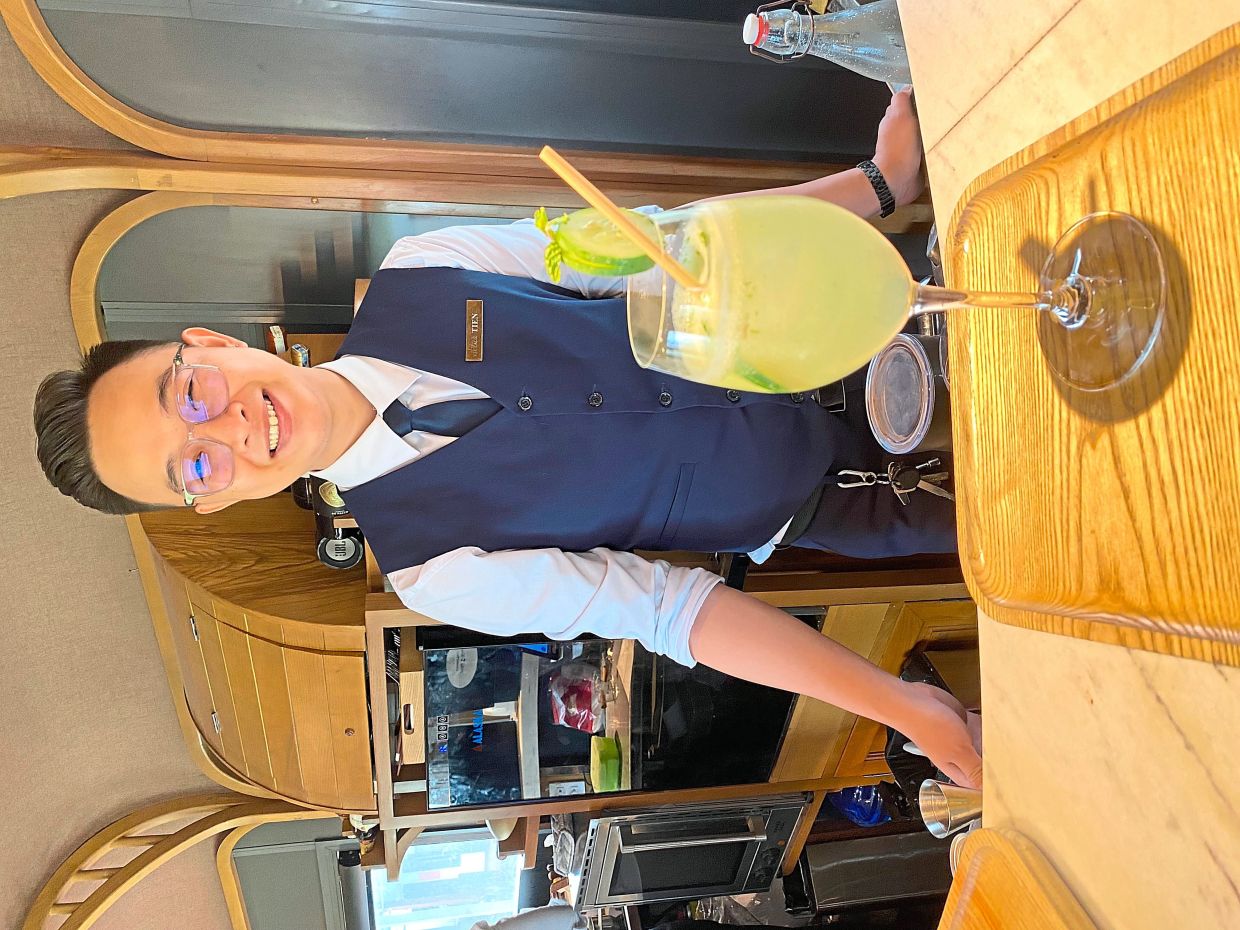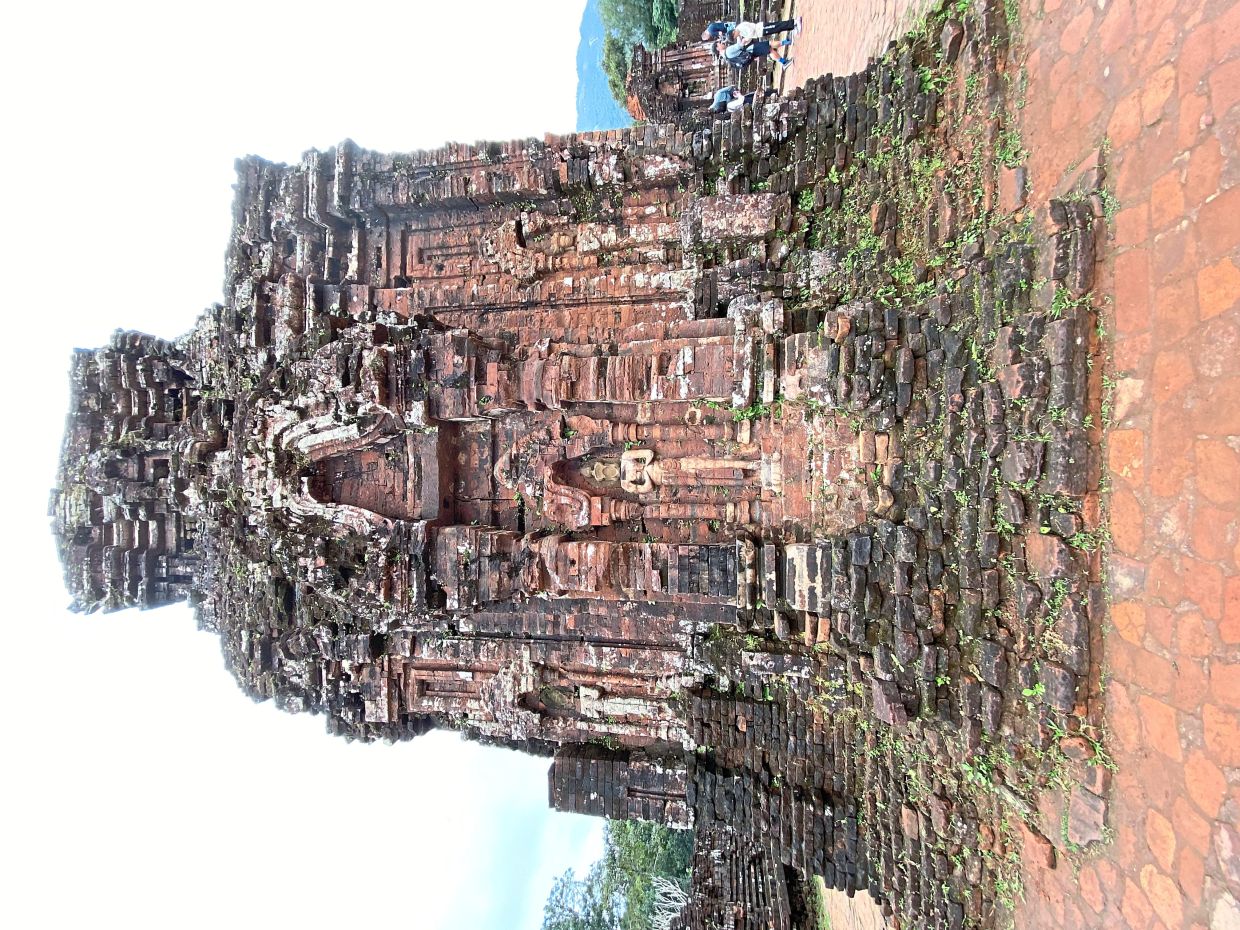Hoi An, a World Heritage Site, is a favourite among adventurous Malaysians. — Photos: SANDIP HOR
Vietnam fascinates me. I have been there several times in the past to savour its attractions that stretch from intriguing history and spectacular nature to diverse culture and culinary explosions, all embraced by a lively atmosphere.
Earlier visits focused on the northern and southern parts of this “S” shaped nation, covering the capital Hanoi, mountainous Sapa, World Heritage Site-listed Ha Long Bay, naturally stunning Ninh Binh and thriving Ho Chi Minh City.
I was back there again recently, this time to connect antiquity with modernity by exploring some of the iconic destinations in the country’s central part.
Former imperial capital
Located around 670km south of the present capital Hanoi, Hue was the capital of unified Vietnam from 1802 until 1945 during the reign of the Nguyen dynasty emperors – the nation’s last royal clan. Edging on the banks of the Perfume River, they built a Citadel there as their Imperial City.
Presently the main attraction of Hue, this 36ha Unesco World Heritage Site showcases several palaces, temples, royal residences and monuments, some of which were damaged during the Vietnam War but are now restored to their original form.
Stepping inside through the ornamented gates transported me to a bygone era. I wished the walls could talk and tell me all the royal gossip of the time, instead, it was my local guide “Easy” who did all the talking while showing me the notable buildings, the most significant being the Purple Forbidden City.
Mimicking Beijing’s Forbidden City, it was built as the formal living quarters of the emperors and their immediate family, though Easy said concubines were allowed in the premises, whenever the royals needed special assistance. However, after death, the emperors were moved out of the citadel, their mausoleums are located beyond city limits.
Each of them occupies a large area and displays architectural ingenuity matching the taste of the individual emperors. For example, one has French touches because of that particular emperor’s alliance with the French colonisers.
Ancient riverport settlement
After savouring the flavours of the Nguyen era, I travelled south 140km by road to Hoi An to be acquainted with the forgotten flavours of the Cham dynasty. Between the 4th and 19th centuries, they dominated the seaside region now part of central Vietnam as a massive maritime power.
Stuck on the banks of Thu Bon River, Hoi An was their trading hub where merchants from China, India, Persia, Japan and Europe voyaged to sell and buy spices, jewellery, perfume and other merchandise. Some of the traders never went back to their country of origin; their permanent stay made Hoi An a melting pot of cultures.
Unlike other ancient South-East Asian settlements, Hoi An has successfully preserved a significant part of its centuries-old urban tapestry and character and this motivated Unesco to list it as a World Heritage Site. I felt like wandering in an outdoor gallery when promenaded through its web of alleyways adorned with colourful houses, some draped with vibrant bougainvillea and lanterns hanging in their verandas.
The combo of their architectural styles reflected the influences of the early settlers, mainly the Chinese, Japanese, Dutch and French. Not to be missed is the Japanese Bridge, so relevant to the city’s heritage that it’s depicted on a Vietnam currency note. It’s the only covered bridge in the world to house a Buddhist temple.
Centuries-old Hindu temples
On a day excursion from Hoi An, I visited nearby My Son Sanctuary, another Unesco World Heritage Site, which was the Cham Kingdom’s religious hub.
Drawing spiritual inspiration from the visiting Indian traders, Cham Kings progressively established there between the 4th and 13th centuries several Hindu temples, dedicated to the God Shiva. Natural disasters wiped away many of them, but a few still exist to testify to the artistic talent of the period’s craftsmen.
Red-coloured bricks with stone pillars were used for its construction but what amazed me was the absence of any filling holding the bricks together, yet lasting heat and rain for centuries. The bas reliefs on the temple exteriors, depicting scenes from Hindu mythology, appealed to me like poetry on stone.
I saw some more Hindu temples, like the ones in My Son Sanctuary, in Quy Nhon, which was my next stop.
They were built around the 12th century period by the later Cham Kings when stationed for nearly 500 years at this seafront location 300km south of Hoi An.
Beachside Quy Nhon
Blessed with almost 150km of coastline, Quy Nhon is the nation’s newest and coolest beach holiday nest. Besides Hindu temples and tranquil beaches, the city is home to luxurious resorts, trendy restaurants and cafes and exotic street food joints.
Its avant-garde seaside promenade is dominated by a giant statue of Ho Chi Minh and his father, marking the last meeting of the two, after which the nation’s leader remained in exile overseas for the next 30 years.
My six-hour travel from Hoi An to Quy Nhon in The Vietage by Anantara, which is a specially designed rail carriage, needs special mention. A product of the well-known hospitality brand Anantara Hotels, Resorts & Spas, it is connected to a regular Vietnam Railway train rolling from nearby Da Nang to Ho Chi Minh City in the south.
Accommodating only 12 guests in six cosy cabins with a common bar area for all to socialise, the journey brings alive the romance of classy rail travel.
In addition to offering the rural views of Central Vietnam, the indulgences include non-stop serving of best quality hot, cold and alcoholic beverages, snacks, a three-course gourmet lunch with lots of options, and a 15-minute massage.












